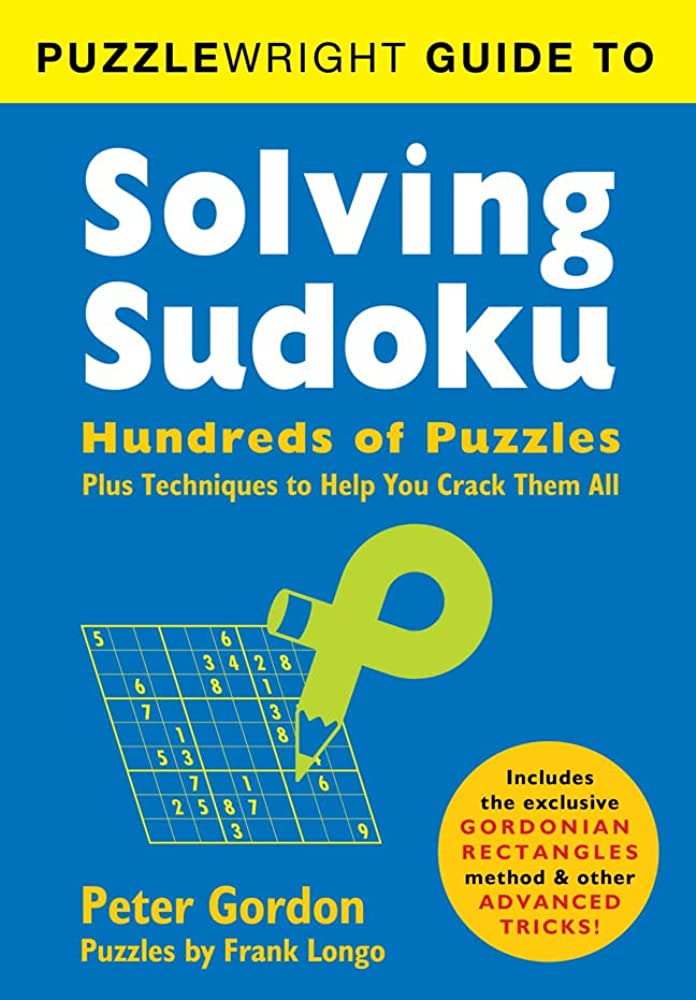This article provides strategies for effectively solving Sudoku puzzles. The strategies include starting with what you know by filling in squares with only one possible digit, using the “crosshatching” method to eliminate possibilities, looking for patterns in rows, columns, and 3×3 grids, “penciling in” possibilities for each square, and staying calm and persevering when stuck. By following these strategies, anyone can become a Sudoku master.
Mastering Sudoku: Strategies for Effective Puzzle-Solving
Introduction
Sudoku is a popular logic puzzle that can take many different forms. The most common version involves a 9×9 grid that’s divided into nine smaller 3×3 grids. The objective is to fill in the grid with numbers so that each row, column, and 3×3 grid contains all of the digits from 1 to 9 without any repeats. Sudoku puzzles can be a lot of fun, but they can also be frustrating if you don’t know how to approach them. In this article, we’ll share some strategies to help you master the art of solving Sudoku puzzles.
Strategy 1: Start with What You Know
When you start a Sudoku puzzle, it can be tempting to try to fill in as many squares as possible right away. However, this approach can often lead to mistakes and confusion. Instead, start by looking for squares that only have one possible digit. For example, if a row already has the digits 1, 2, 4, 5, 6, 7, 8, and 9, the only remaining possibility for the ninth square is 3. By filling in these squares first, you can start to build a foundation for the rest of the puzzle.
Strategy 2: Use the “Crosshatching” Method
The “crosshatching” method is a powerful tool for solving Sudoku puzzles. Essentially, this method involves looking at each 3×3 grid and then scanning the rows and columns to see which digits are already filled in. By doing this, you can start to eliminate possibilities and narrow down the options for each square. For example, if you see that the top left 3×3 grid already has a 1, 3, and 4, you know that the other empty squares in that grid can only be filled with a 2, 5, 6, 7, 8, or 9. From there, you can look at the rows and columns to determine which of these possibilities are valid for each square.
Strategy 3: Look for Patterns
As you continue to work on a Sudoku puzzle, you’ll start to notice certain patterns that can help you solve the puzzle more efficiently. For example, if you see that two different rows each have two squares that could be filled with the same digit, you can eliminate that digit from the other squares in those rows. Similarly, if you see that a particular digit can only appear in one row or column in a 3×3 grid, you can use that information to help fill in the rest of the grid.
Strategy 4: Don’t Forget to “Pencil In” Possibilities
One common mistake that people make when solving Sudoku puzzles is not keeping track of their possibilities. To avoid this, it can be helpful to “pencil in” possibilities for each square. For example, if you see that a particular square can be either a 2, 5, or 8, you can write those three numbers in the square (lightly, if you’re using pen). Then, as you eliminate possibilities, you can erase or cross out the numbers that are no longer valid. By doing this, you can keep track of the possibilities for each square without getting confused or making mistakes.
Strategy 5: Stay Calm and Keep Trying
Sudoku puzzles can be challenging, and even the best strategies won’t always lead to a quick solution. However, it’s important to stay calm and keep trying. If you get stuck, take a break and come back to the puzzle later with fresh eyes. You may also want to try different strategies or combinations of strategies to see what works best for you. With practice and perseverance, you can master the art of solving Sudoku puzzles.
Conclusion
Sudoku puzzles can be a lot of fun, but they can also be frustrating if you don’t know how to approach them. By using the strategies outlined in this article, you can become a more effective Sudoku puzzle-solver. Remember to start with what you know, use the crosshatching method, look for patterns, pencil in possibilities, and stay calm and keep trying. With these tools in your arsenal, nothing can stop you from becoming a Sudoku master!
